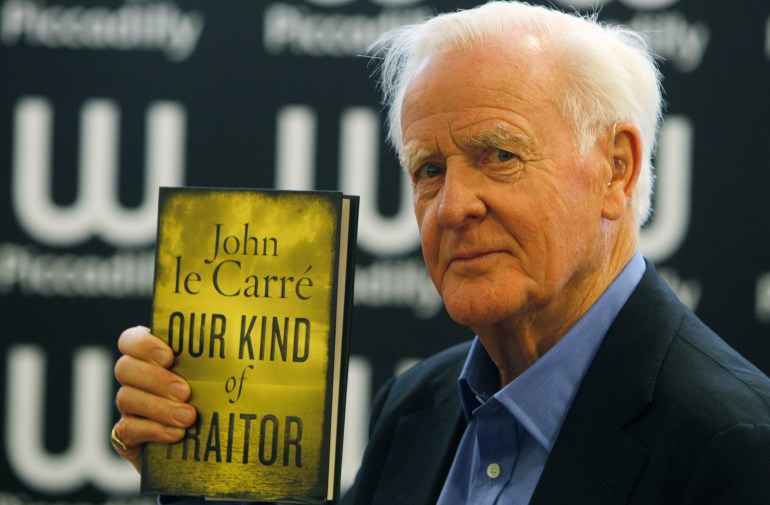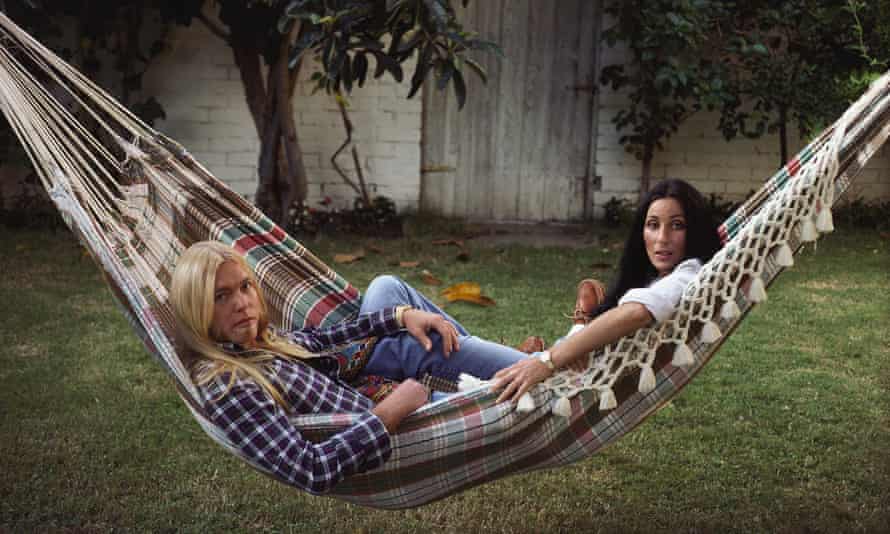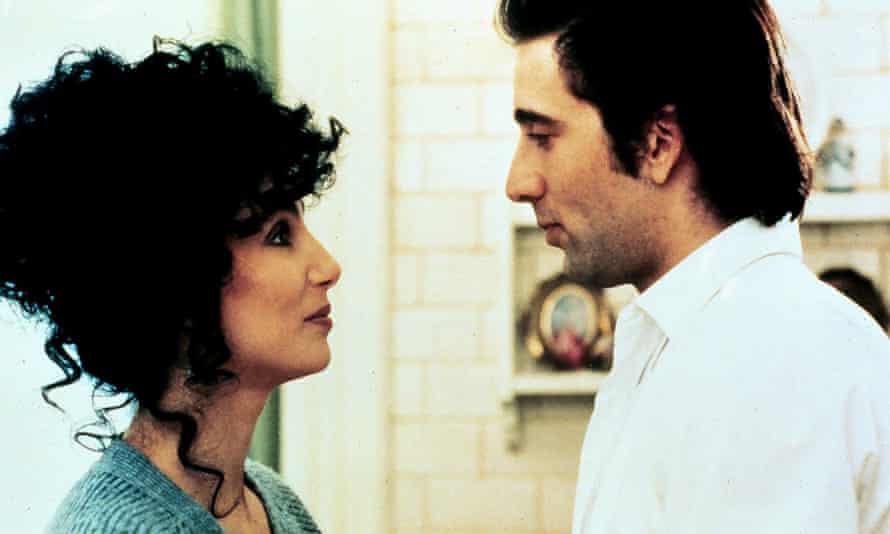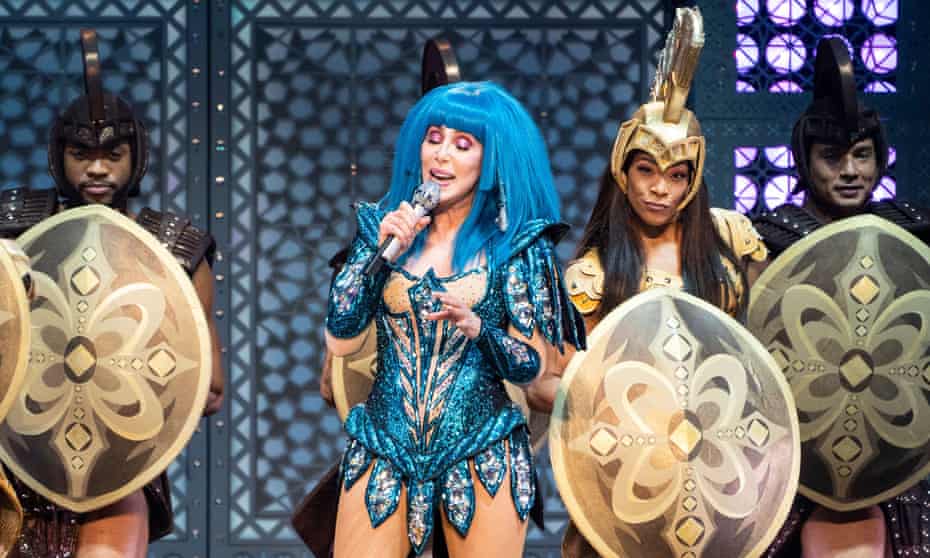Ocasio-Cortez Warns Biden That War and Wall Street Appointees Are a 'Huge Reason We Got Trump'
The congresswoman attributed the rise of Trump partly to "extreme disdain for this moneyed political establishment that rules Washington."

Rep. Alexandria Ocasio-Cortez (D-N.Y.) speaks during a news conference outside of the Democratic National Headquarters in Washington, D.C. on Thursday, November 19, 2020. (Photo: Caroline Brehman/CQ-Roll Call, Inc via Getty Images)
Rep. Alexandria Ocasio-Cortez has a stern warning for President-elect Joe Biden about filling his Cabinet with the types of war and Wall Street candidates that have come to characterize Democratic administrations over the past three decades.
"A larger issue that we have right now... is the Biden administration is bringing back a lot of Obama appointees."
—Rep. Alexandria Ocasio-Cortez
In an interview for The Intercept's "Intercepted" podcast aired on Wednesday, host Jeremy Scahill asked Ocasio-Cortez (D-N.Y.) what she thought of Biden hiring members of former President Barack Obama's administration from corporations including Goldman Sachs and McKinsey.
"It's horrible," she replied. "I think it's also part of a larger issue that we have right now, which is the Biden administration is bringing back a lot of Obama appointees, which depending on where you are in the party, may sound nice, I guess."
"But I think what a lot of people fail to remember is that we now have a Biden administration that's bringing back a lot of Obama appointees, but when Obama was making appointments, he was bringing back a lot of Clinton appointees," she added.
As Obama took office during the worst financial crisis since the Great Depression, many believed his "hope and change" message would translate into action against banks and other corporations responsible for the crash, which cost millions of Americans their homes, their retirements savings, and their livelihoods.
However, instead of holding Wall Street accountable for and closing the revolving door between business and government as promised during his 2008 campaign, Obama hired so many bankers that leftist critics dubbed his the "Goldman Sachs administration."
It was a similar story on matters of war and peace. Although Obama promised a less militant foreign policy, he expanded the war in Afghanistan, intervened in the Libyan and Syrian civil wars, backed the Saudi-led war in Yemen, oversaw a global assassination program, and ultimately bombed more countries than his predecesor, former President George W. Bush, earning him the moniker of "drone warrior-in-chief."
As Common Dreams reported Tuesday, Biden's transition team has quietly hired people including Goldman Sachs veterans Monica Maher and Eric Goldstein, and former McKinsey and current Cove Hill Partners manager Josh Zoffer, and several Big Tech executives in recent weeks.
Biden has tapped former Obama officials, including Avril Haines for director of national intelligence and Antony Blinken for secretary of state, who played key roles in planning and executing militarist policies.
Such picks and policies, admonished Ocasio-Cortez, are "a huge reason why we got [President] Donald Trump in the first place."
"In addition to just the racism that was waiting to be reanimated in this country, [there] was just an extreme disdain for this moneyed political establishment that rules Washington," she said.
Ocasio-Cortez also told Scahill that she believes the Democratic Party needs new leadership, and that House Speaker Nancy Pelosi (D-Calif.) and Senate Minority Leader Chuck Schumer (D-N.Y.) should be replaced. However, she said the party has no plan for how to accomplish this or to fill the leadership vaccum their departures would leave.
"If you create that vacuum, there are so many nefarious forces at play to fill that vacuum with something even worse," she cautioned.
Ocasio-Cortez has been a controversial figure during her short but impactful House tenure. The freshman firebrand has raised eyebrows and ire by being unafraid to criticize members of her own party when she believes they have strayed from serving the needs of their middle- and working-class constituents.
Earlier this year, some centrist Democrats were apoplectic after the democratic socialist asserted that "we don't have a 'left' party in the United States," that the Democratic Party is more of a "center-conservative" party than a progressive one, and that "in any other country, Joe Biden and I would not be in the same party."












